Royal Antique is proud to present this striking mantel clock, a refined example of the Empire style, a period characterized by its grandeur and classical inspirations. This timepiece demonstrates a masterful combination of materials and exceptional craftsmanship, resulting in a piece that is both visually stunning and a testament to horological artistry.
Figural Allegory and Design:
Central Figure and Musical Scene: Atop the clock sits a classical female figure in gilt bronze, gracefully seated on a chair and playing a keyboard instrument, likely a piano-forte or harpsichord. This scene is an allegory of Music, Harmony, or Education, themes dear to the Empire aesthetic. The figure is finely draped in antique style, typical of the period's classical idealization.
Ornate Case and Imperial Symbols: The circular dial case, framed in gilt bronze, is flanked on either side by powerful eagles with spread wings, prominent symbols of imperial power and victory, highly popular under Napoleon. The dial surround is also adorned with gilt bronze stars, adding to the celestial and imperial iconography.
Enamel Dial: The white enamel dial features Roman numerals for the hours, minute indicators, and is enhanced with elegant hands. Although the signature is not clearly visible, such pieces often originated from the most prestigious Parisian workshops.
Base with Narrative Bas-Relief: The clock rests on a substantial rectangular base, entirely made of gilt bronze, adorned with a large and detailed frontal bas-relief. This bas-relief depicts a complex pastoral or mythological scene, with classical figures engaging in a narrative composition under trees, with an architectural landscape in the background. Themes of love, idyll, or virtue are often represented in such scenes from the period. The base is supported by elegant gilt bronze bun feet.
Materials and Craftsmanship:
Gilt Bronze: The entire clock is crafted from gilt bronze, a flagship material of the Empire style. The quality of the mercury gilding and the fineness of the chasing are exceptional, highlighting every detail of the drapery, the eagles' feathers, and the figures in the bas-relief.
Artistic Mastery: The balanced composition and richness of detail attest to the artistic mastery of French bronziers and sculptors from the early 19th century, who were able to transform a functional object into a true allegorical work of art.
Historical Context and Decorative Impact:
This clock would be a valuable addition to any discerning collector's home, bringing an air of historical elegance and sophistication to any interior. It is a superb representation of Empire period art, blending classical ideals with exquisite craftsmanship and a rich symbolic narrative, reflecting the cultural and aesthetic values of the Napoleonic era.





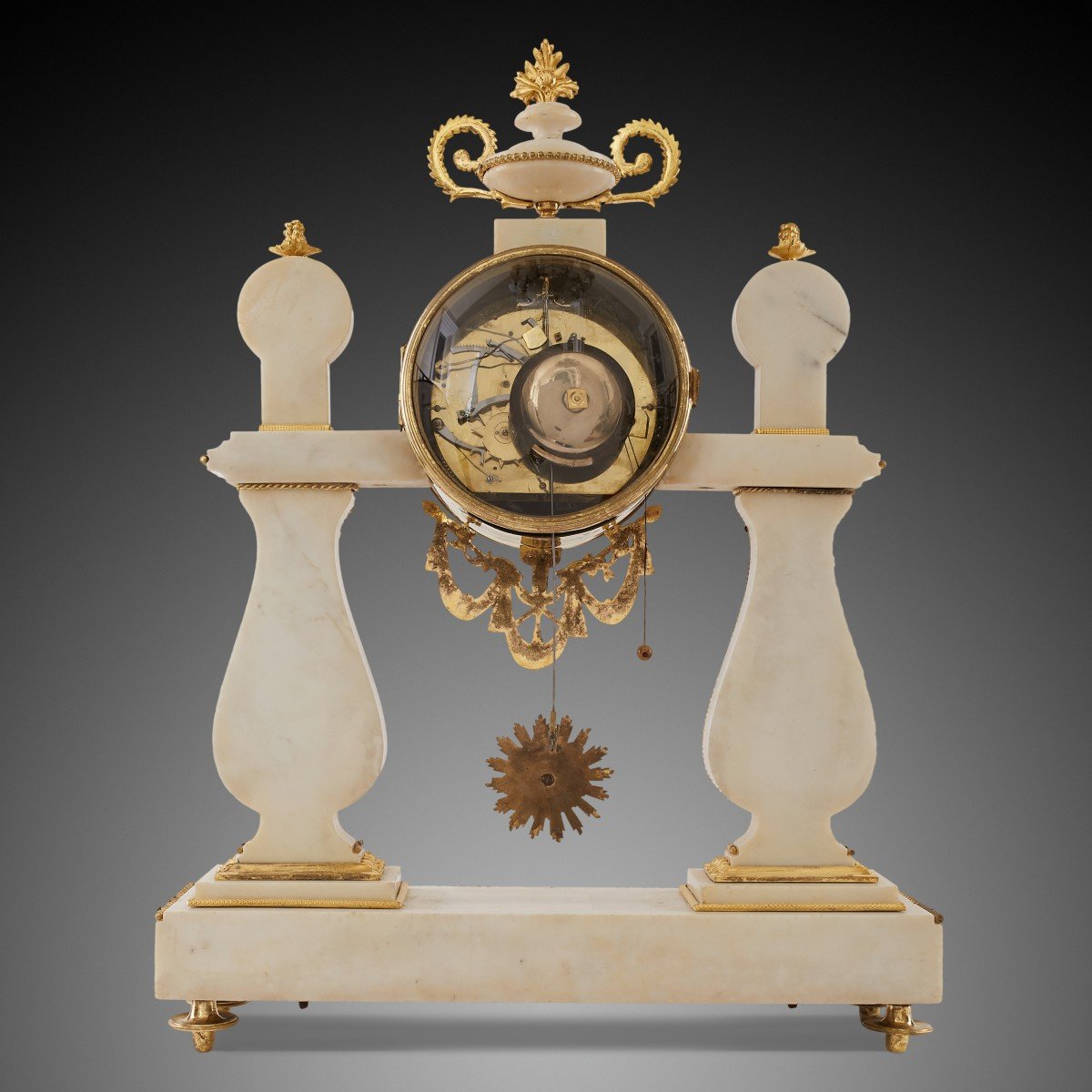
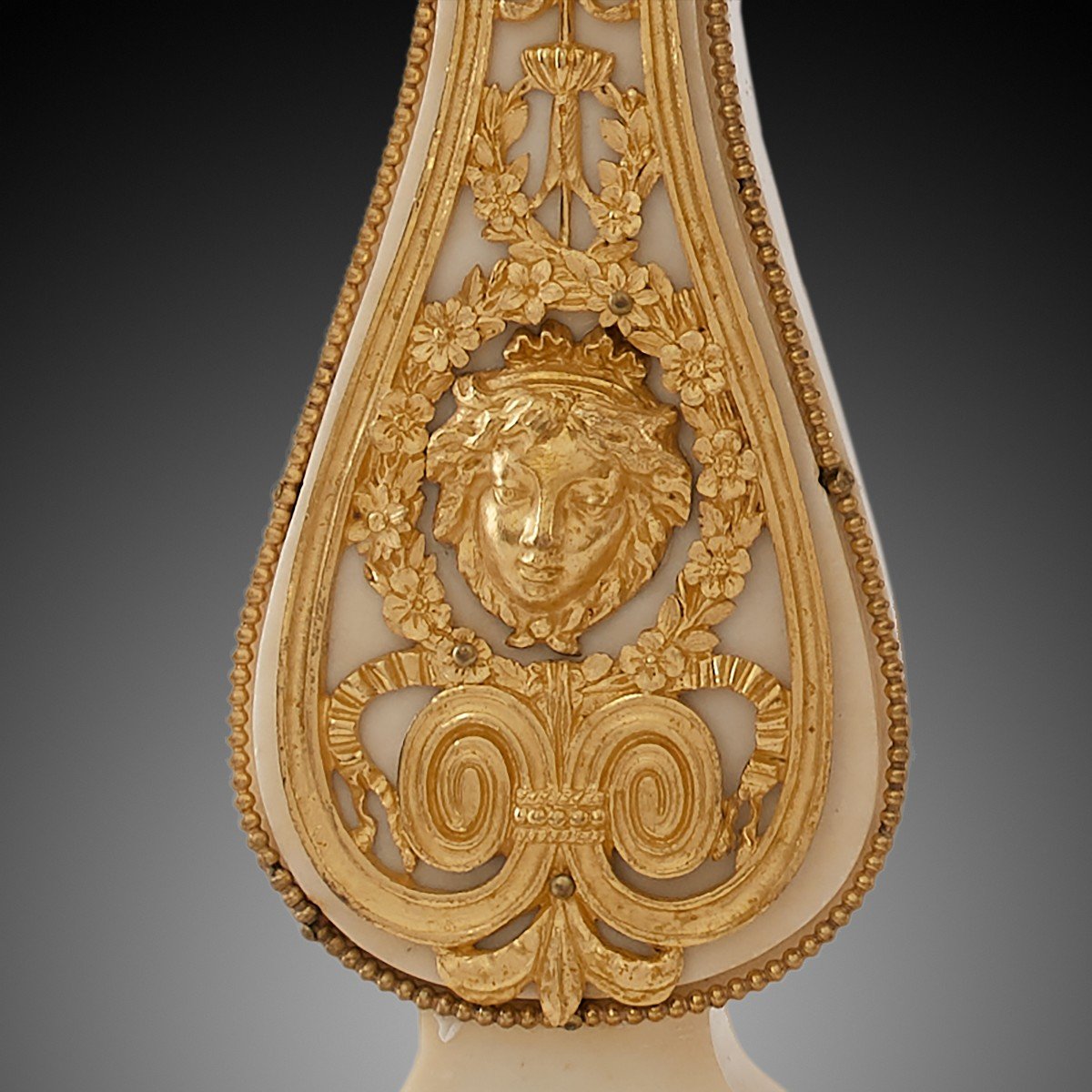
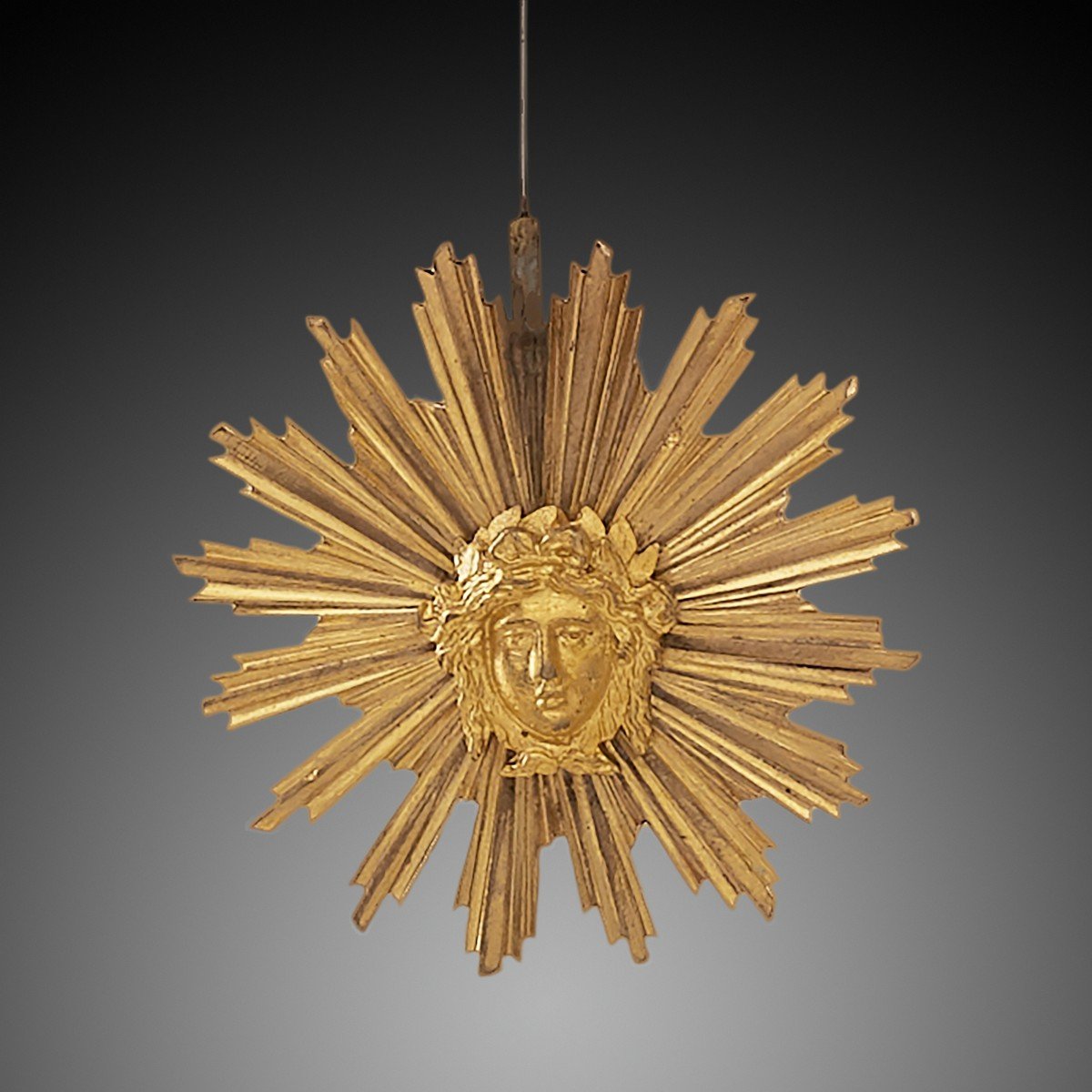
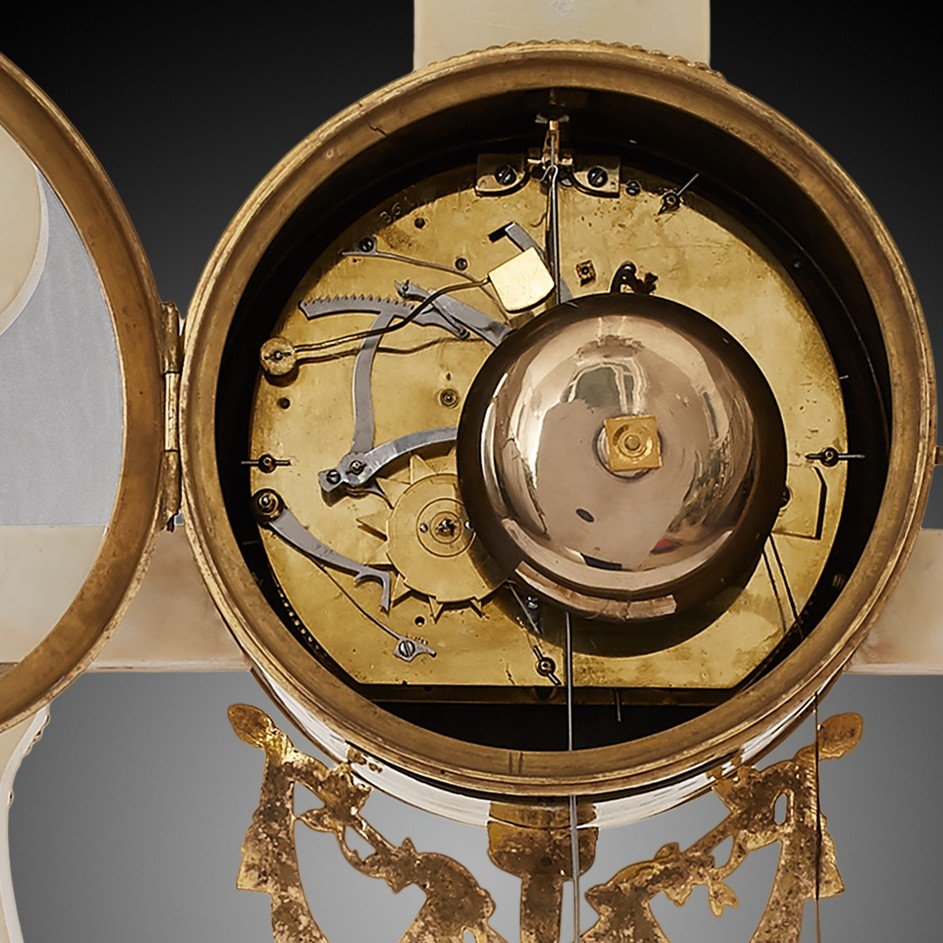









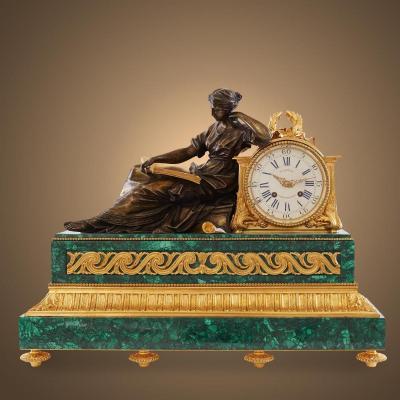
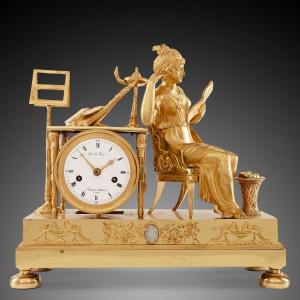

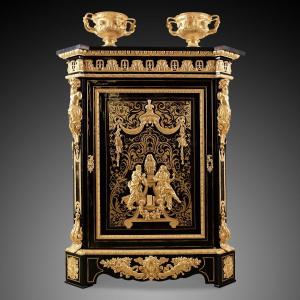


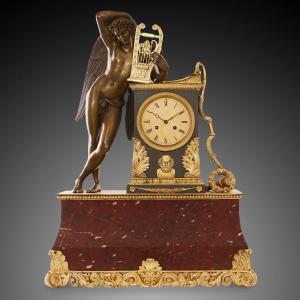
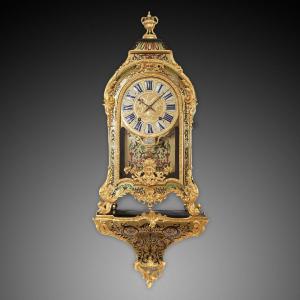
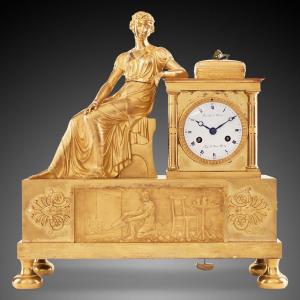

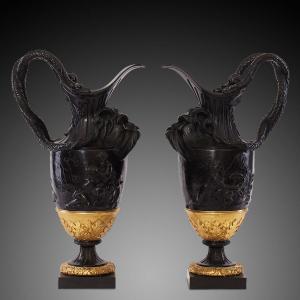
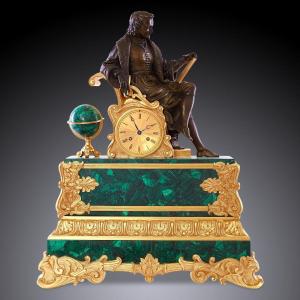


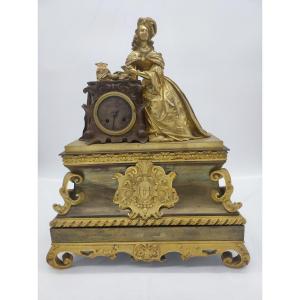

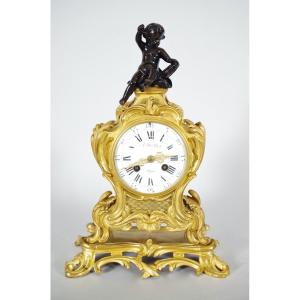





 Le Magazine de PROANTIC
Le Magazine de PROANTIC TRÉSORS Magazine
TRÉSORS Magazine Rivista Artiquariato
Rivista Artiquariato